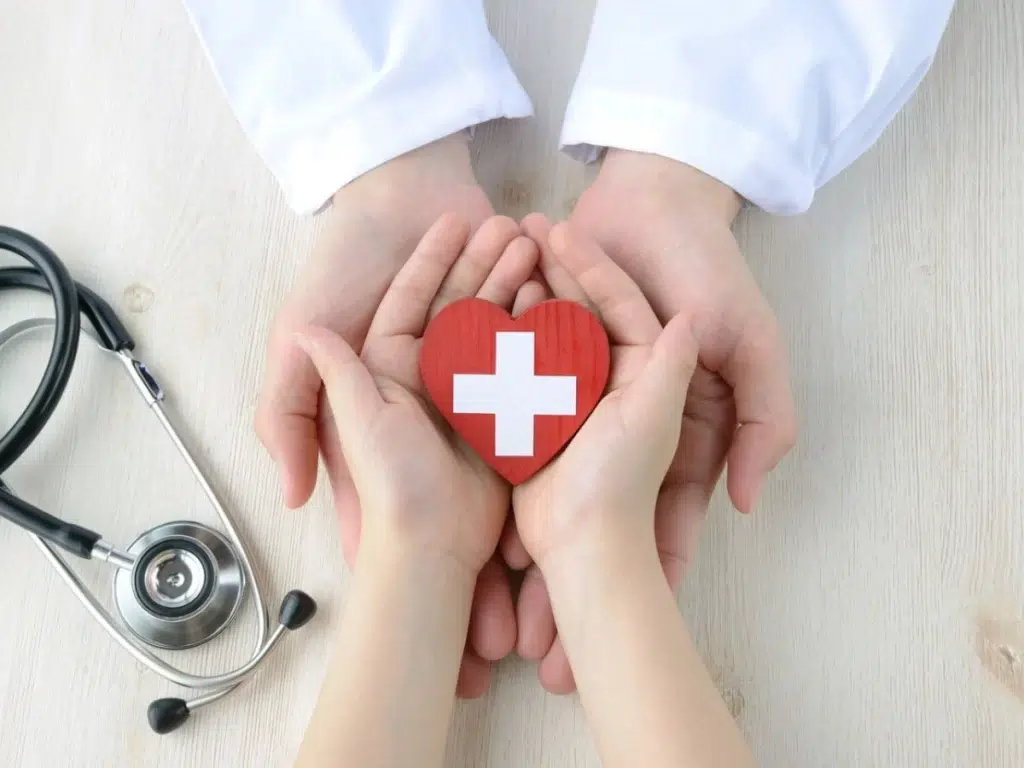
BLS is a set of fundamental skills used to preserve life in individuals experiencing cardiac arrest, respiratory failure, or choking. By promptly intervening with BLS techniques, you can significantly increase a person’s chances of survival until advanced medical care arrives.
This comprehensive guide will equip you with the knowledge and understanding of essential BLS components. We’ll delve into recognizing emergencies, performing CPR (Cardiopulmonary Resuscitation), using an AED (Automated External Defibrillator), and maintaining a safe environment for both the patient and yourself.
The first crucial step in BLS is recognizing a situation where immediate action is necessary. Here are some key signs to watch for:
If you encounter any of these signs, it’s imperative to act swiftly and initiate BLS procedures. Remember, early intervention is critical in improving the chances of survival.
The American Heart Association outlines the Chain of Survival, a four-link model that emphasizes the importance of each step in a successful resuscitation attempt.
Each link in the Chain of Survival is equally important. By effectively performing BLS techniques and ensuring a smooth transition to advanced medical care, you can significantly improve the person’s outcome.
Cardiopulmonary Resuscitation (CPR) is a core BLS technique that combines chest compressions with rescue breaths (if trained) to artificially maintain blood circulation and oxygen delivery to the body. Here’s a breakdown of the steps involved in performing CPR for adults:
Remember: Even if you are not trained in rescue breaths, performing hands-only CPR with high-quality chest compressions can be lifesaving.
An Automated External Defibrillator (AED) is a portable electronic device that analyzes the heart rhythm and delivers an electrical shock, if necessary, to restore a normal heart rhythm in individuals experiencing sudden cardiac arrest. Here’s how to use an AED effectively:
Using an AED is a straightforward process. The device is designed to be user-friendly, even for those with no prior medical training. By following the clear voice instructions, you can significantly increase the chances of survival for someone experiencing sudden cardiac arrest.
While providing BLS care, it’s crucial to ensure a safe environment for both yourself and the person in need. Here are some key points to remember:
While this article provides a general overview of BLS techniques, it is highly recommended to take a formal BLS training course. BLS courses offered by organizations like the American Heart Association (AHA) or the American Red Cross provide hands-on training and certification in performing CPR and using an AED.
A certified BLS provider will have the knowledge, skills, and confidence to effectively intervene in a life-threatening emergency. The training also covers important aspects like choking management and proper communication with emergency services.
Basic Life Support (BLS) equips you with the fundamental skills to potentially save a life in a critical situation. By recognizing the signs of a life-threatening emergency, performing CPR, using an AED, and maintaining a safe environment, you can significantly improve the person’s chances of survival until advanced medical care arrives.
Remember, every second counts in an emergency. Even if you are not formally trained in BLS, performing hands-only CPR with high-quality chest compressions can make a crucial difference. Taking a BLS training course is an invaluable investment in learning potentially lifesaving skills.
Empower yourself with the knowledge of BLS and be prepared to act when faced with a medical emergency.

Proud to be an American Heart Association Training Site aligned with GoRescue Birmingham, AL
Copyright 2025© CPR Classes Near Me